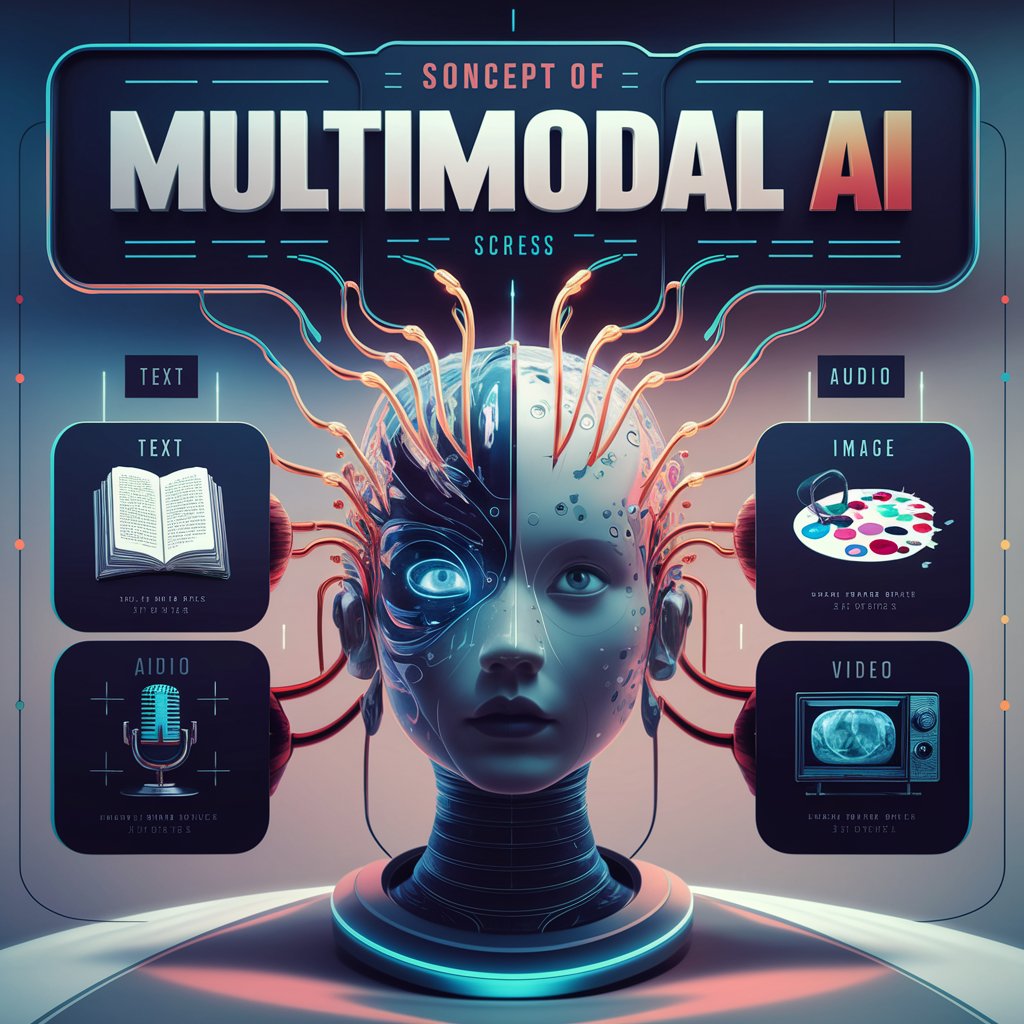Exploring the Capabilities of Multimodal AI
Multimodal AI represents a significant leap in artificial intelligence by combining various data types—such as video, audio, speech, images, text, and traditional numerical data—into a unified system. This integration enables more accurate determinations, insightful conclusions, and precise predictions for real-world problems. By utilizing diverse data sources, multimodal AI improves content understanding and better interprets context, addressing limitations found in earlier AI models.
The Evolution from Traditional AI to Multimodal Systems
Modern AI builds on established machine learning models but stands out due to its ability to process multiple types of data. traditional AI typically works with a single data source, such as financial information for business analysis. In contrast, this newer approach integrates varied data types, allowing it to tackle more complex tasks and deliver nuanced responses.
Understanding AI Models and Learning Techniques
AI models rely on algorithms to learn from and interpret data, forming responses based on the input. As data is ingested, it trains the underlying neural network, establishing a foundation of appropriate responses. Advanced applications, such as those built on the GPT-4 model, use this methodology to generate responses from new data and refine accuracy through user feedback.
Comparing Single-Modal and Multimodal AI
The primary difference between traditional AI and more advanced systems lies in the data processing approach. Single-modal AI handles one type of data, while multimodal systems combine various data sources. For example, a traditional AI might analyze financial data, while a multimodal system could also incorporate text, images, and audio to provide a more comprehensive analysis.
Core Features of Advanced AI Systems
Combining Data Types for Enhanced Understanding
One of the key strengths of these systems is their ability to merge different data types, a process known as data fusion. This capability allows the AI to interpret complex situations more effectively. For instance, an AI might analyze visual cues from images alongside textual information to better understand and predict human emotions.
Achieving Contextual Awareness in AI
By synthesizing diverse data sources, these systems develop a deeper understanding of context. In autonomous driving, for example, AI combines visual data from cameras with spatial data from LiDAR sensors, enabling safer navigation through varied environments and around potential obstacles.
Improving Human-Computer Interaction
These advanced AI systems also make human-computer interactions more natural and intuitive. Virtual assistants, for instance, can process voice commands while analyzing facial expressions and gestures, leading to more engaging and effective communication.
Addressing the Challenges of Multimodal AI
While the potential of these AI systems is vast, they also present significant challenges. The integration of diverse data sources demands sophisticated algorithms and substantial computational resources. Additionally, maintaining data privacy and security is a critical concern due to the sensitive nature of the information these systems often handle.
Future Directions and Solutions
To fully unlock the potential of advanced AI, ongoing research and development are essential. Overcoming challenges related to data integration, computational needs, and privacy will pave the way for more reliable systems that can transform various aspects of life.
Looking Ahead: The Impact of Advanced AI
AI systems that integrate multiple data types are poised to revolutionize various industries by providing more intelligent, context-aware solutions. As technology continues to advance, the future of AI looks increasingly promising, with the potential to impact sectors like healthcare, education, customer service, and entertainment.
Stay tuned to AIPromptopus.com for the latest updates and insights on AI innovations and developments.

